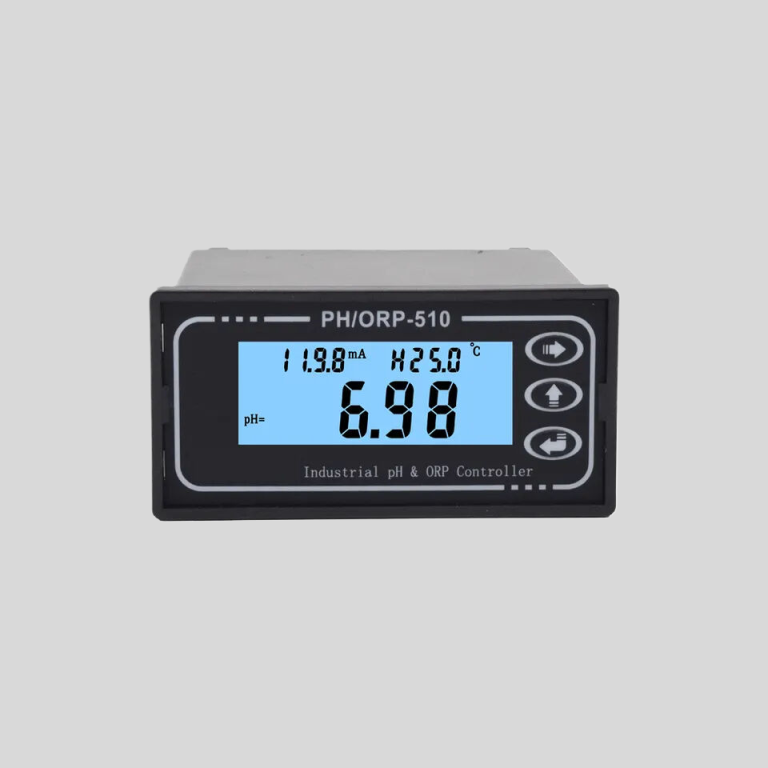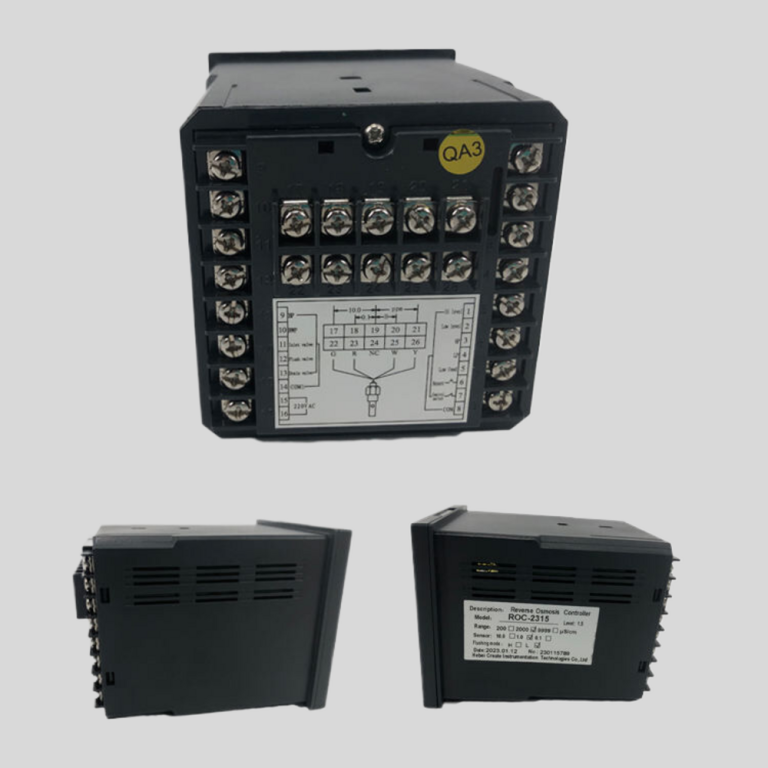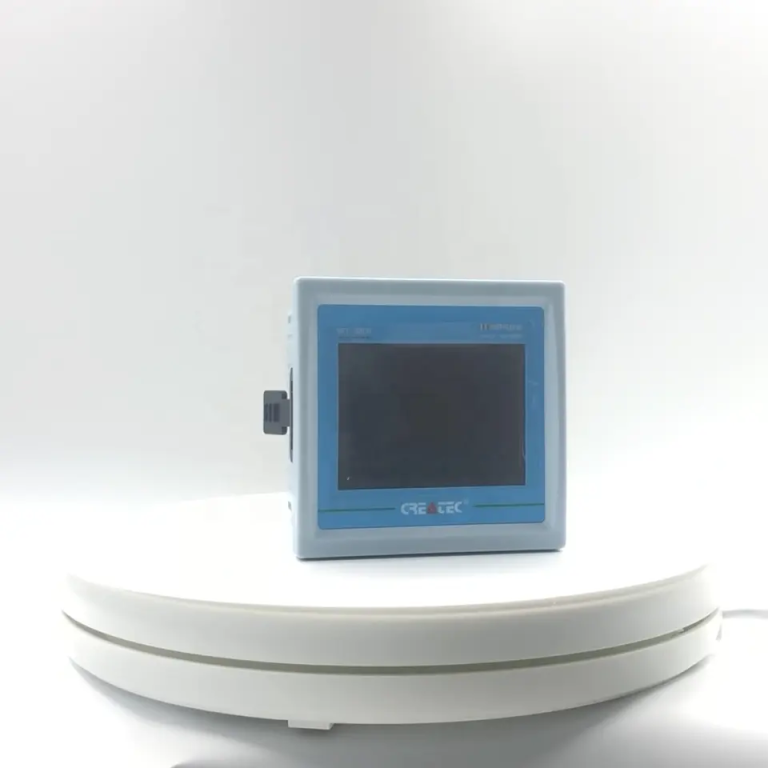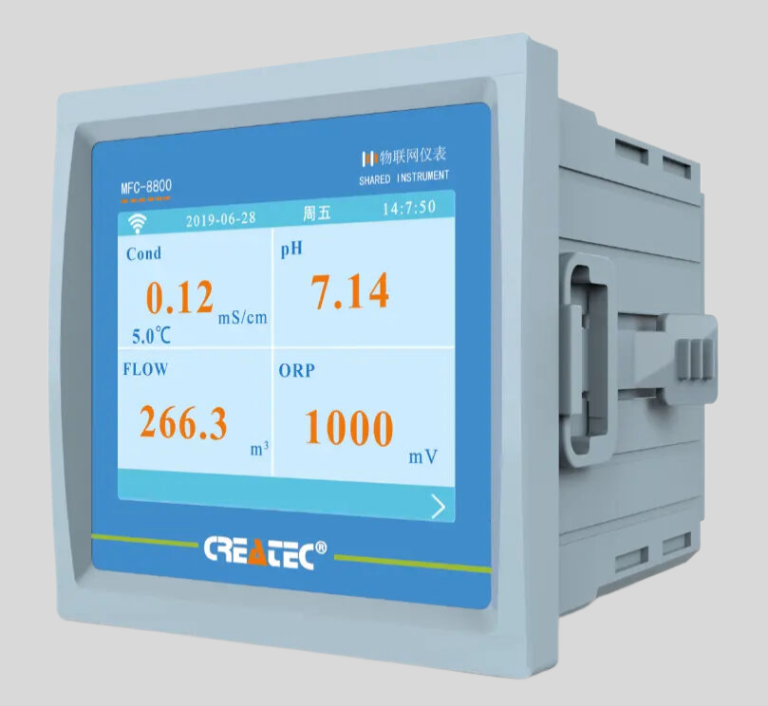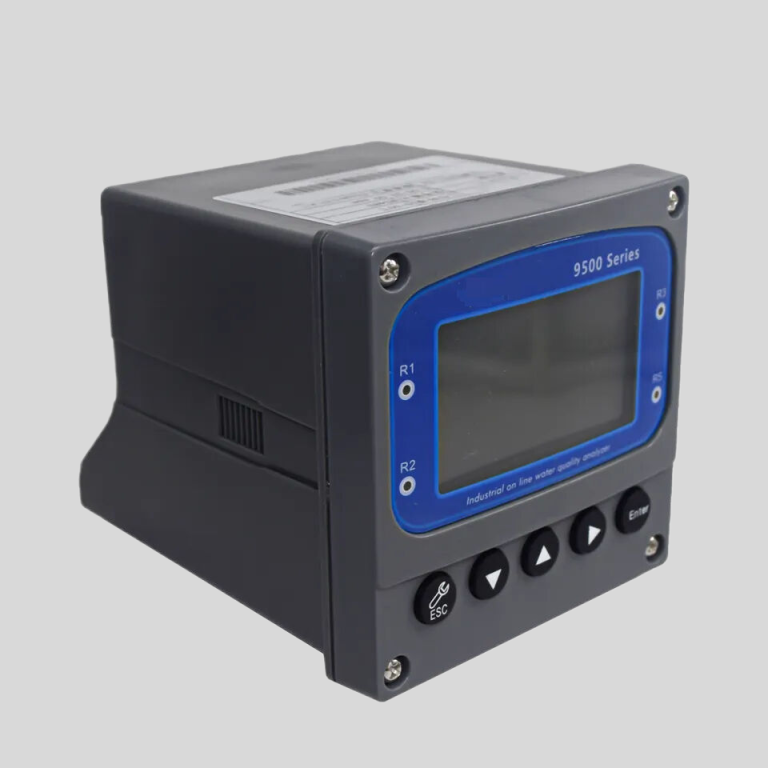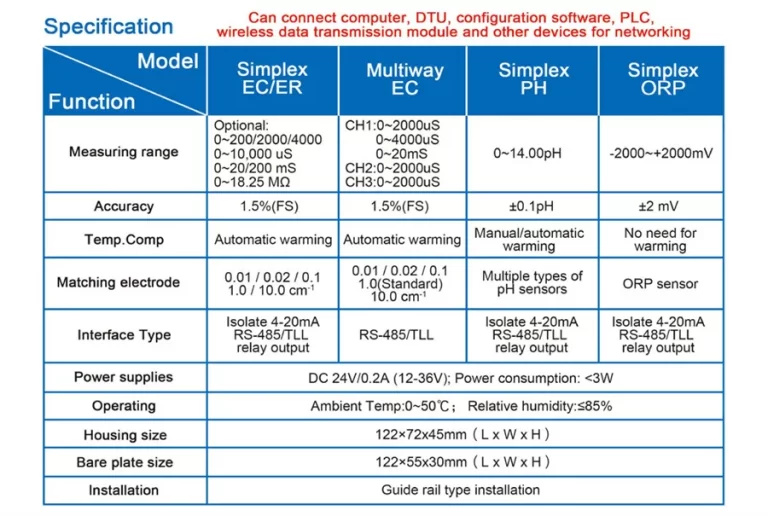Understanding DP Type Flow Transmitters
A DP type flow transmitter, also known as a differential pressure flow transmitter, is a device used to measure the flow rate of a fluid in a pipeline. It works on the principle of measuring the pressure difference between two points in the pipeline, which is directly proportional to the flow rate of the fluid. This type of flow transmitter is commonly used in industries such as oil and gas, chemical processing, and water treatment, where accurate flow measurement is essential for process control and monitoring.
| CCT-5300 | |||||
| Constant | 10.00cm-1 | 1.000cm-1 | 0.100cm-1 | 0.010cm-1 | |
| Conductivity | (500\uff5e20,000) | (1.0\uff5e2,000) | (0.5\uff5e200) | (0.05\uff5e18.25) | |
| \u03bcS/cm | \u03bcS/cm | \u03bcS/cm | M\u03a9\u00b7cm | ||
| TDS | (250\uff5e10,000) | (0.5\uff5e1,000) | (0.25\uff5e100) | \u2014\u2014 | |
| ppm | ppm | ppm | |||
| Medium Temp. | (0\uff5e50)\u2103\uff08Temp. Compensation : NTC10K\uff09 | ||||
| Accuracy | Conductivity: 1.5%\uff08FS\uff09 | ||||
| Resistivity: 2.0%\uff08FS\uff09 | |||||
| TDS: 1.5%\uff08FS\uff09 | |||||
| Temp.:\u00b10.5\u2103 | |||||
| Temperature compensation | (0\uff5e50)\u2103\u00a0with 25\u2103 as Standard | ||||
| Analog Output | Single isolated(4\uff5e20)mA\uff0cinstrument/transmitter for selection | ||||
| Control Output | SPDT relay, Load capacity : AC 230V/50A(Max) | ||||
| Power Supply | CCT-5300E : DC24V | CCT-5320E : AC 220V\u00b115% | |||
| Working Environment | Temp.\u00a0(0\uff5e50)\u2103\uff1bRelative Humidity\u00a0\u226485%RH(none condensation) | ||||
| Storage Environment | Temp.(-20\uff5e60)\u2103; Relative Humidity\u00a0\u226485%RH(none condensation) | ||||
| Dimension | 96mm\u00d796mm\u00d7105mm (H\u00d7W\u00d7D) | ||||
| Hole Size | 91mm\u00d791mm (H\u00d7W) | ||||
| Installation | \u00a0Panel mounted, fast installation | ||||
One of the key components of a DP type flow transmitter is the primary element, which is installed in the pipeline to create a pressure drop across it. This pressure drop is then measured by the transmitter and converted into a flow rate using a calibration curve or equation. There are several types of primary elements used in DP flow transmitters, including orifice plates, venturi tubes, and flow nozzles, each with its own advantages and limitations.
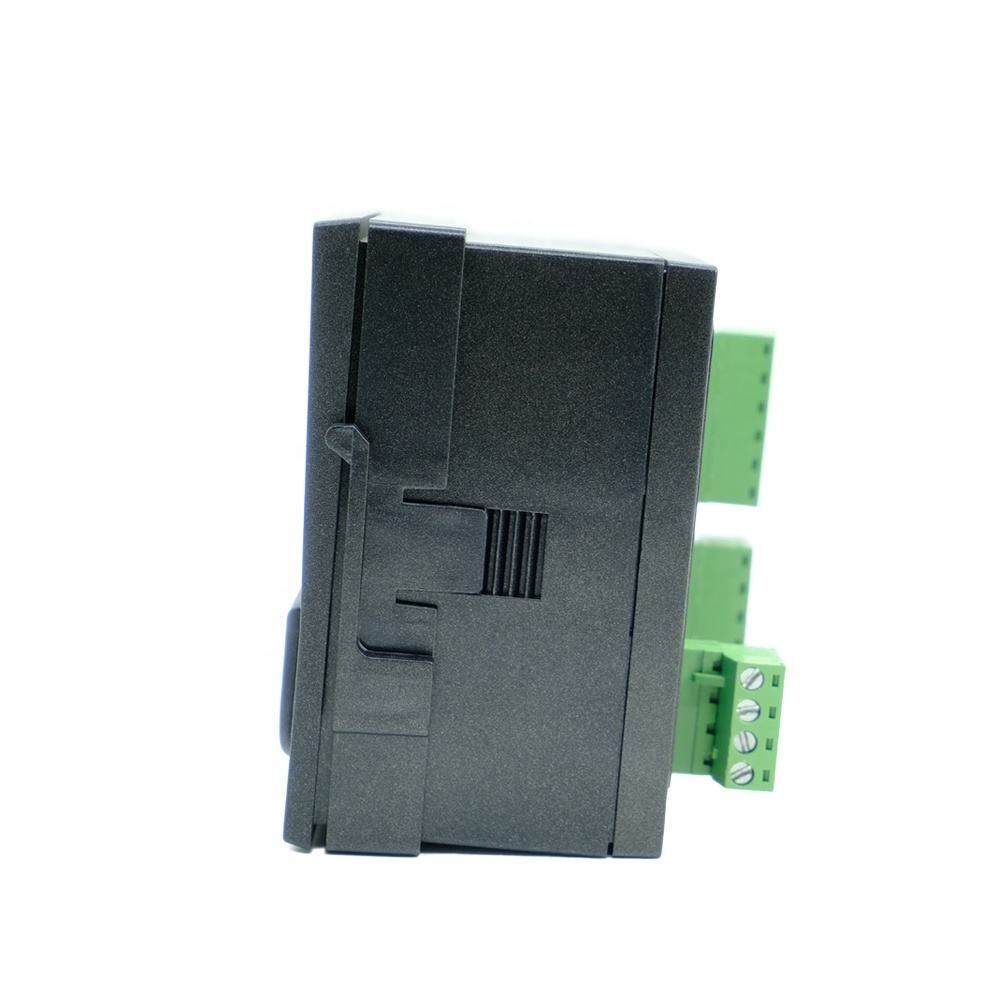
Orifice plates are the most commonly used primary element in DP flow transmitters due to their simplicity and cost-effectiveness. They consist of a thin plate with a hole in the center, which creates a pressure drop when the fluid flows through it. Venturi tubes, on the other hand, are more complex but offer better accuracy and lower pressure loss compared to orifice plates. Flow nozzles are similar to venturi tubes but have a different shape, which allows for higher flow rates and lower pressure loss.
In addition to the primary element, a DP type flow transmitter also consists of a differential pressure sensor, which measures the pressure difference between the two points in the pipeline. This sensor can be a diaphragm, bourdon tube, or capacitance sensor, depending on the application requirements. The transmitter also includes a signal conditioning unit, which amplifies and processes the sensor output before sending it to a control system or display unit.
One of the advantages of using a DP type flow transmitter is its versatility and ability to measure a wide range of flow rates and fluid types. It can be used for both liquid and gas flow measurement, as well as for high and low-pressure applications. Additionally, DP flow transmitters are relatively easy to install and maintain, making them a popular choice for many industrial processes.
However, there are some limitations to consider when using a DP type flow transmitter. One of the main challenges is the accuracy of the measurement, which can be affected by factors such as temperature, pressure, and fluid properties. It is important to calibrate the transmitter regularly and account for any potential errors to ensure accurate flow measurement.
In conclusion, DP type flow transmitters are an essential tool for measuring flow rates in industrial processes. They work by measuring the pressure difference between two points in a pipeline and converting it into a flow rate using a primary element and differential pressure sensor. While they offer versatility and ease of installation, it is important to consider their limitations and ensure proper calibration to achieve accurate flow measurement.

